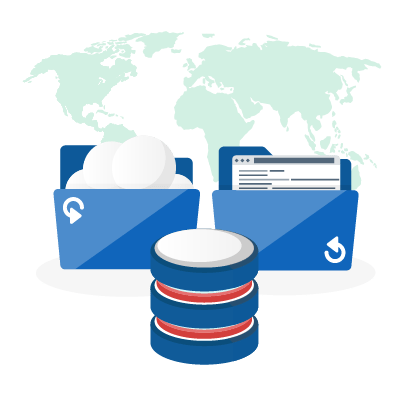Disaster Recovery-as-a-Service (DRaaS)
Trusting your business and customer data to the cloud can be one of the most difficult parts of making the transition to a virtual environment. What happens if there is a natural disaster, data breach, cyber attack, or other event that causes servers and applications to go down? If you are concerned about data availability, performance and security, Disaster Recovery as a Service (DRaaS) is your safeguard if a worst case scenario strikes.

What is Disaster Recovery as as Service (DRaaS)?
DRaaS means that a business or organization replicates its data and applications to the cloud. Your physical and/or virtual servers are replicated and hosted by a third party, creating failover so your data and data center infrastructure are never actually lost. Backing up and restoring your data and applications becomes simple and stress free, with recovery of critical servers taking mere minutes.
DRaaS is ideal for enterprises that don’t have their own in-house expertise or resources to provision, configure and test an effective disaster recovery plan. Plus, if a natural or man-made disaster occurs, it is extremely unlikely that an offsite DRaaS vendor will suffer the same effects as your business and server locations.
Multiple benefits to DRaaS (that you might not have thought of):
- Your business does not have to invest in or maintain its own off-site disaster recovery assets.
- DRaaS is flexible, so you can continually replicate critical servers, applications and data into the cloud, and your exact services can evolve with your business.
- It saves your business money and resources compared with building a replication site, and consolidates your costs into one predictable monthly bill.
- DRaaS gives you higher performance and reliability from the cloud.





